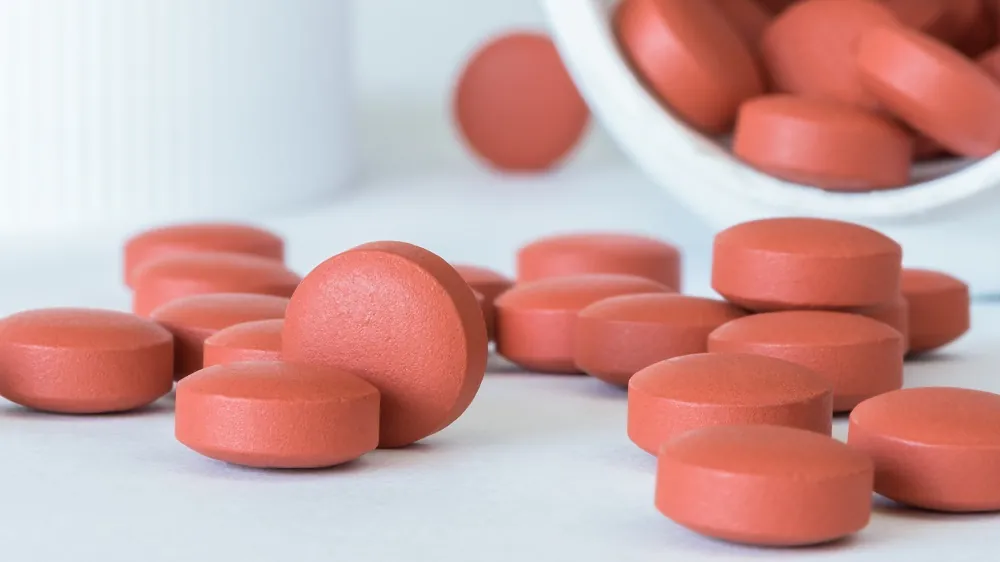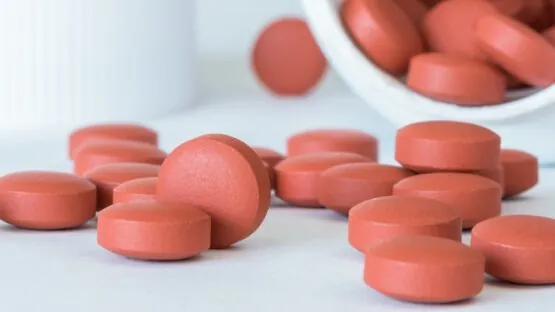In a new paper in Cell Reports, researchers have named a little-known lipid as a core reason why inflammation decreases with fasting and may also shed light on how non-steroidal anti-inflammatory drugs (NSAIDs) work.
Why high-calorie diets increase inflammation
Previous research has identified the core reason why a high-calorie diet leads to inflammation. Excessive amounts of oxidized LDL cholesterol overwhelm macrophages, causing them to produce the protein NLRP3, which is also stimulated by saturated fats [1]. This protein allows for the activation of well-known inflammatory factors, such as IL-1β and TNF-α [2].
Fasting has been found to suppress NLRP3 [3], but the causative mechanisms were not fully explained. Lipid metabolism has been identified as a factor in NLRP3-related inflammation, although it has been unclear whether it inhibits or increases it [4]. NSAIDs, which affect this pathway, are also not fully understood despite their widespread clinical use.
One of the key lipids involved is arachidonic acid (AA), which is oxidated to form eicosanoids that play multiple regulatory roles in inflammation [5]. This paper focuses on this lipid and its role in cells.
A lipid that plays a crucial role
In this study, 21 volunteers were fed a 500-calorie meal, did not consume calories for 24 hours, and were then fed again. As expected, IL-1β levels, which were low after a fast, substantially rose in most participants three hours after refeeding. AA, as expected, was elevated after a fast and decreased after refeeding.
This study was followed by a close look at macrophages derived from bone marrow. Ordinary macrophages, upon stimulation with nigericin, produce NLRP3 and IL-1β. They also produce greater amounts of eicosanoids, including their precursor, AA. However, macrophages that were genetically altered not to produce NLRP3 did not respond to this stimulation in the same way, despite having similar lipid profiles before the stimulation.
The researchers hypothesized that the AA produced by NLRP3 stimulation is an inhibitor that naturally limits the extent of inflammation. They then stimulated macrophages with nigericin in its presence, finding that they produced nearly none of the IL-1β that they normally would. AA did not, however, prevent cell death caused by nigericin.
Further experiments found that the harmful effects of palmitic acid, which is often elevated in metabolic syndrome and triggers NLRP3, were blunted by AA, both in terms of cell death and inflammation.
Tested individually, some eicosanoids affected inflammation on a curve, with low concentrations doing nothing against nigericin, moderate concentrations somewhat reducing NLRP3, and higher concentrations once again having no benefit. The researchers believe that this is because these molecules form a regulatory network, with AA playing the role of a master switch.
A contradictory effect
NSAIDs inhibit the COX pathway, which is responsible for converting AA into eicosanoids. However, instead of stimulating IL-1β inflammation, COX inhibitors suppress it. Both of these facts were confirmed by these researchers through tests involving macrophages and nigericin.
Therefore, the researchers proposed that a constant amount of AA in the cells was responsible for the anti-inflammatory effect of both AA treatment and COX inhibitors. They found that PLC, another key component of the NLRP3 pathway system, was inhibited by both. They concluded that AA, itself, drives a negative feedback loop that discourages the production of inflammatory compounds.
These results are from cells, not animals or people, but they are highly illuminating and may spur the development of new anti-inflammatory drugs that capitalize on this effect. Whether such drugs may be more effective than existing NSAIDs is still unclear, and there is definitely no pill on the near horizon that completely suppresses the effects of metabolic syndrome.
Literature
[1] Christ, A., Lauterbach, M., & Latz, E. (2019). Western diet and the immune system: an inflammatory connection. Immunity, 51(5), 794-811.
[2] Xu, J., & Núñez, G. (2023). The NLRP3 inflammasome: activation and regulation. Trends in Biochemical Sciences, 48(4), 331-344.
[3] Traba, J., Kwarteng-Siaw, M., Okoli, T. C., Li, J., Huffstutler, R. D., Bray, A., … & Sack, M. N. (2015). Fasting and refeeding differentially regulate NLRP3 inflammasome activation in human subjects. The Journal of clinical investigation, 125(12), 4592-4600.
[4] Sokolowska, M., Chen, L. Y., Liu, Y., Martinez-Anton, A., Qi, H. Y., Logun, C., … & Shelhamer, J. H. (2015). Prostaglandin E2 inhibits NLRP3 inflammasome activation through EP4 receptor and intracellular cyclic AMP in human macrophages. The Journal of Immunology, 194(11), 5472-5487.
[5] Eisenstein, A., Hilliard, B. K., Pope, S. D., Zhang, C., Taskar, P., Waizman, D. A., … & Wang, A. (2022). Activation of the transcription factor NRF2 mediates the anti-inflammatory properties of a subset of over-the-counter and prescription NSAIDs. Immunity, 55(6), 1082-1095.


